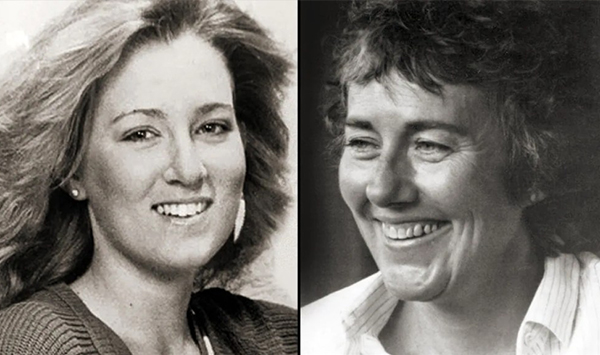On the morning of November 29, 2022, Toronto, Canada police announced that they had arrested and charged a man named Joseph Sutherland, 61, for the murders of Susan Tice and Erin Gilmour in 1983. These are one of the most recent cases to be solved using forensic DNA technology.
Police are now looking into Sutherland’s past, looking into his criminal record to determine if he may be linked to other crimes. Since the murders of these two women, he moved from Toronto and remained in Ontario for 39 years.
This has caught the attention of authorities who are investigating, based on the genetic profile of this killer, all possible connections to any possible case and DNA collected at crime scenes throughout Ontario, to ensure that he is not responsible for any other crime.
Due to his criminal profile, he is considered a person of interest in other unsolved cases involving sexual violence, except where he has already been excluded through DNA testing.
One of the women murdered in 1983 in Toronto was Susane Tice, a social worker and mother of four teenage children, who was found dead in the second-floor bedroom of her home with multiple stab wounds to the chest.
Four months later, Erin Gilmour, the second victim, who was an aspiring clothing designer, was found stabbed to death in her home.
At the time, 40 years ago, both investigations were frozen until a breakthrough in 2008, thanks to DNA technology, which allowed police to conclude that Tice and Gilmour had been murdered by the same man.
But the identity of that man remained a mystery for another decade. In 2019, Toronto police partnered with U.S.-based lab Othram Inc. to produce a viable DNA profile from genetic material left at homicide scenes.
Typically, once a genetic profile is created, investigators submit the genetic information to a database that allows them to compare the sample to the hundreds of thousands of other genetic profiles obtained at crime scenes, or from people who voluntarily provide their genetic material for searches for missing relatives.
These DNA or genetic fingerprinting databases have been used to open decades-old homicide cases. In the cases of Tice and Gilmour, the forensic geneticists working on the investigation had a great challenge in developing the genetic profile of the murderer, since it was contaminated, degraded and mixed with the genetic material of his victims.

Finally, in the second half of 2022, investigators focused on Sutherland, who had never before been a suspect or person of interest in the case, demonstrating that without science and the use of forensic DNA, the killer would have never been identified.



 EL SALVADOR
EL SALVADOR HONDURAS
HONDURAS

 BOLIVIA
BOLIVIA PERÚ
PERÚ